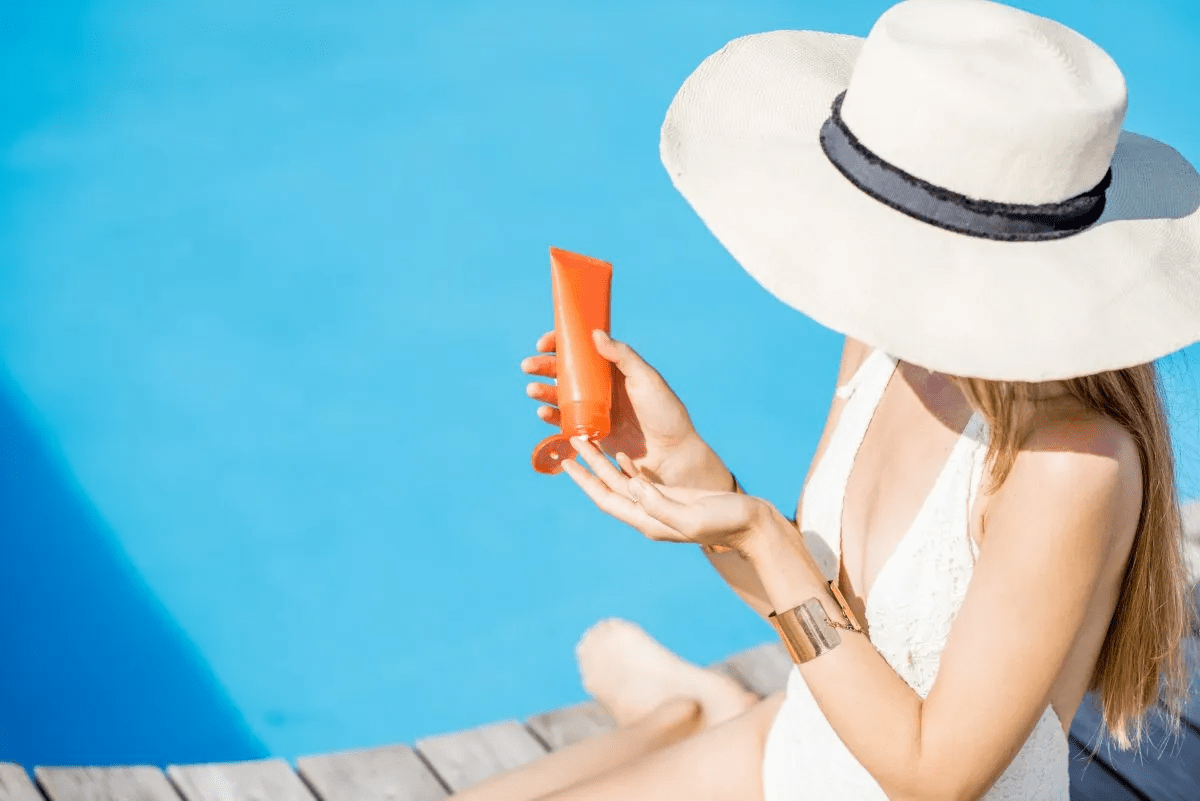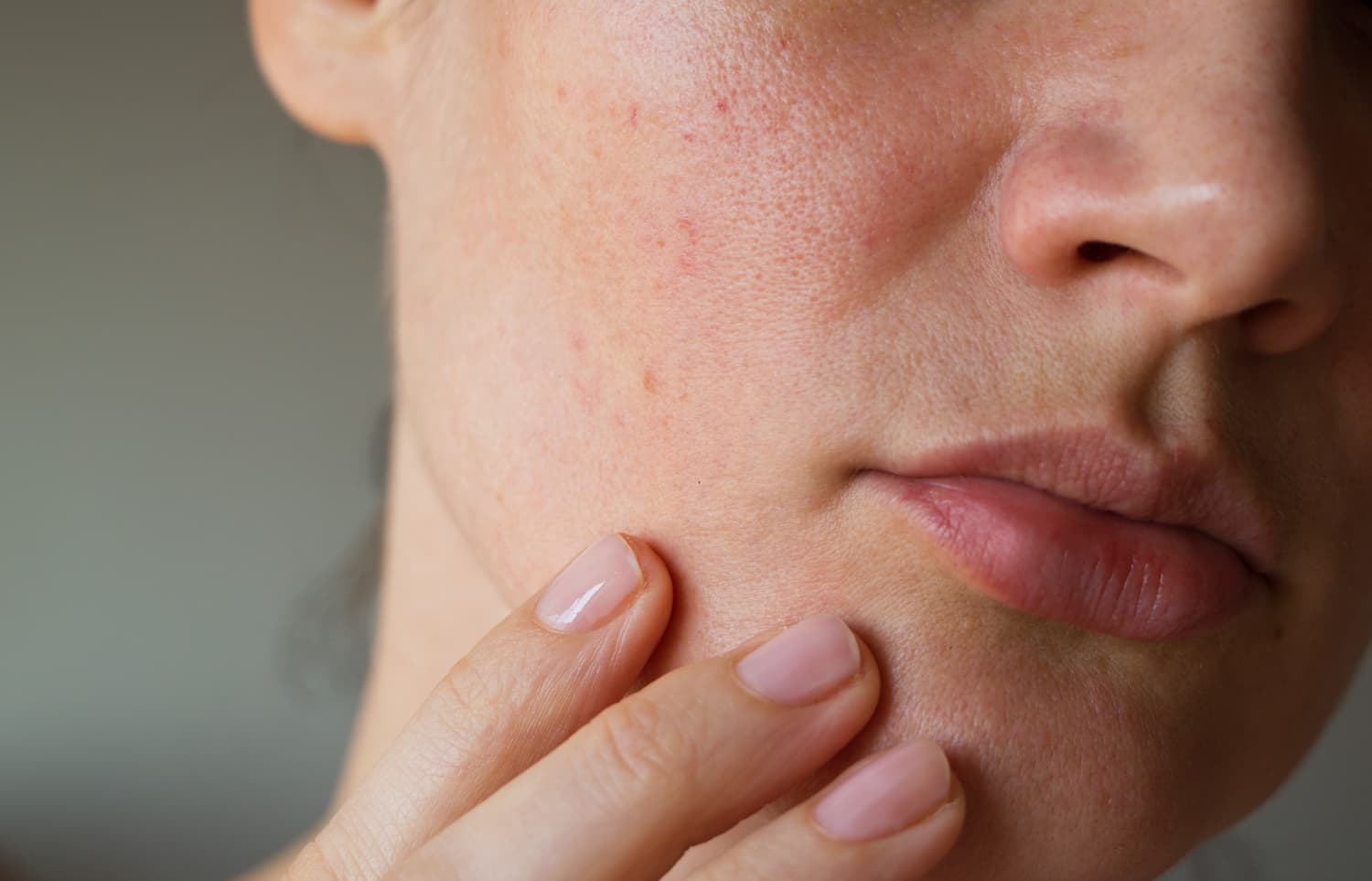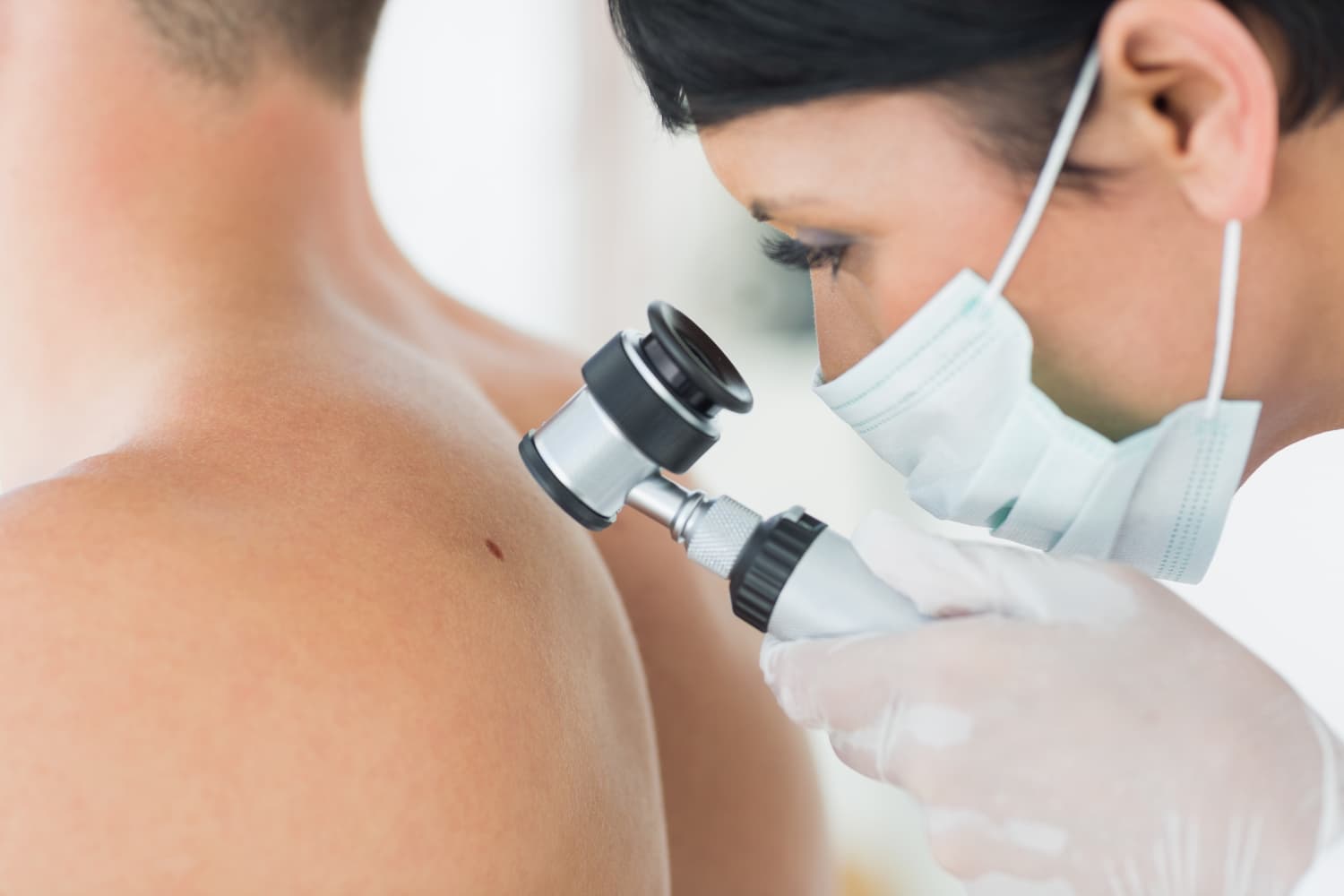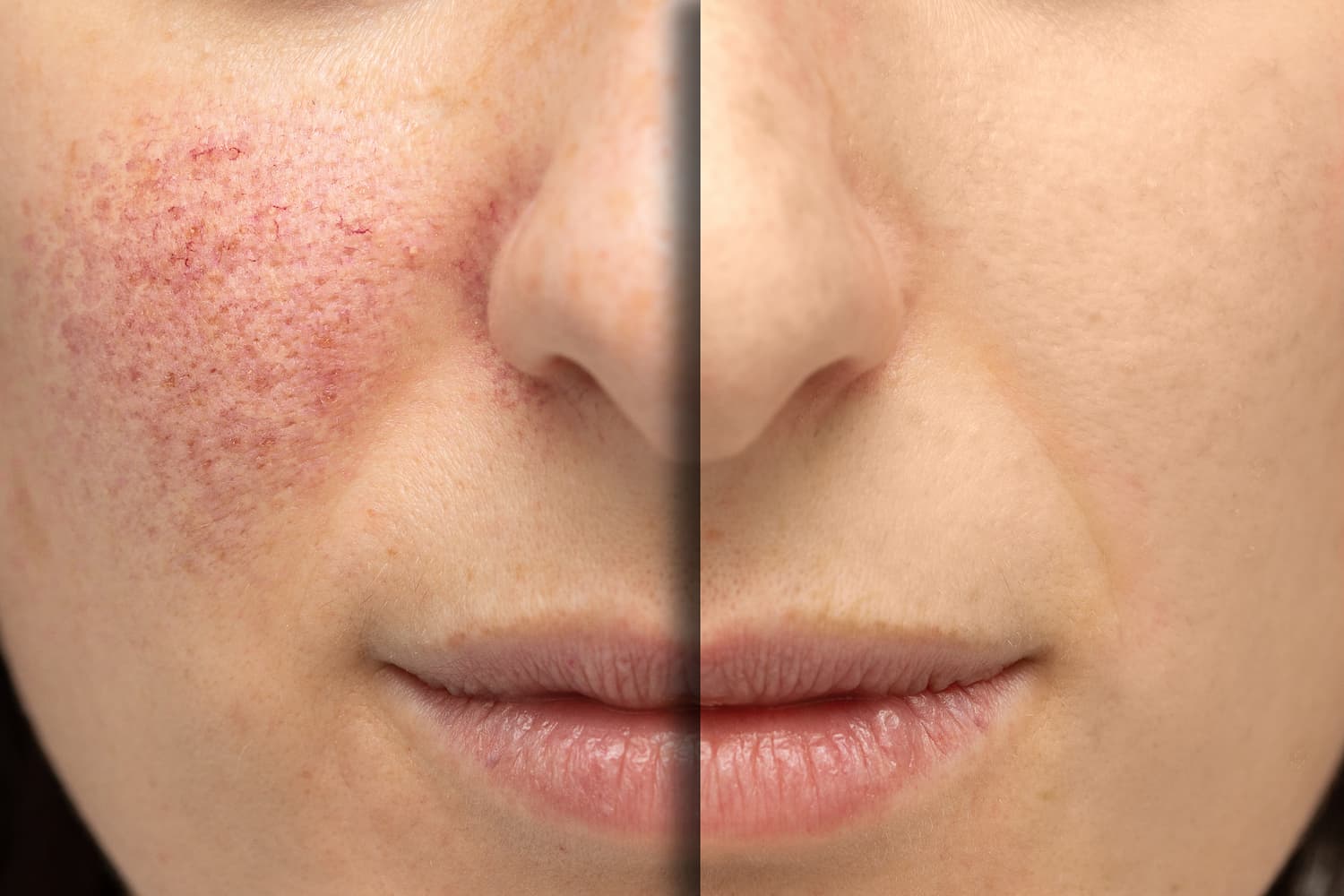The U.S. Food and Drug Administration (FDA) wants to make sunscreen labeling more effective. To keep up with modern science and ensure safety, quality and effectiveness, the agency has proposed updating requirements for most over-the-counter products. The proposal is available for public review and comment until May 28.
Local experts at Affiliated Dermatology are available to discuss the proposal, including:
Sunscreen ingredients
- There are 16 currently marketed active ingredients, but only two- zinc oxide and titanium dioxide- are generally recognized as safe and effective (GRASE).
- Two others- PABA and trolamine salicylate – are not GRASE for use in sunscreens due to safety issues.
- The FDA says there is insufficient safety data to make a positive determination for the remaining 12. The agency is asking industry and other interested parties for additional data.
SPF Value
- To raise the maximum SPF value on sunscreen labels from SPF 50+ to SPF 60+.
Broad-spectrum protection
- To require sunscreens with an SPF value of 15 or higher to also provide broad-spectrum protection, and for broad-spectrum products, as SPF increases, the magnitude of protection against UVA radiation also increases.
Labeling
- To help consumers identify key information, the FDA wants to see the active ingredients listed on the front of the package. This would bring sunscreen in line with other over-the-counter drugs regulated by the FDA.
Products and dosage forms
- Proposes products that combine sunscreens with insect repellants are not generally recognized as safe and effective (GRASE).
- Proposes dosage forms that are GRASE for use as sunscreens include sprays, oils, lotions, creams, gels, butters, pastes, ointments and sticks.
- Proposes categorizing wipes, towelettes, body washes, shampoos and other dosage forms as new drugs because the FDA has not received data showing they are eligible for inclusion.
Affiliated Dermatology’s Sunscreen Advice:
- Use a sunscreen with broad-spectrum protection to protect against UVA and UVB rays.
- Use a sunscreen with a minimum SPF of 30.
- Apply 15 minutes before exposure and reapply at least every two hours or more often if you’re sweating or swimming.
- Use sunscreen every day.
- Avoid extensive sun exposure between 10 a.m. and 4 p.m., the period when sun radiation is most harmful.
About Affiliated Dermatology
Created in Arizona, Affiliated Dermatology is led by Arizona physicians dedicated to Arizona patients. Founded in July 2002 by Dr. Richard L. Averitte, Jr., Affiliated Dermatology has grown to eight locations providing skin cancer prevention and treatment, medical and aesthetic dermatology services, and allergy testing. In 2011, Affiliated Dermatology created a residency program to train the next generation of healthcare professionals to help meet Arizona’s increased demand. In addition, Affiliated Dermatology has its own, in-house CLIA certified and CAP accredited laboratory. Dr. Averitte also established the Arizona Skin Foundation, a non-profit dedicated to providing financial aid to people with skin cancer who cannot afford treatment. affderm.com






